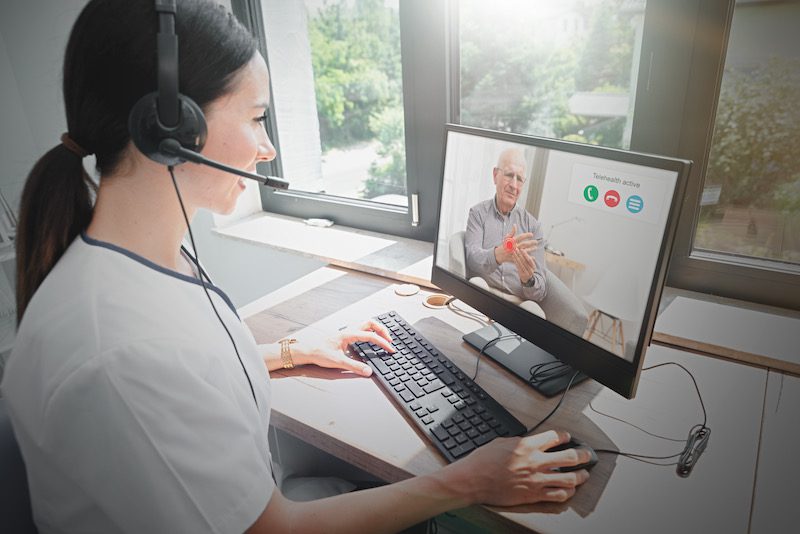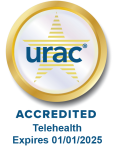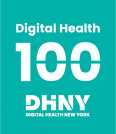How a photo helps tell the full story of a medical issue and why it’s so helpful during a virtual consult

There’s an old adage that says, “a picture is worth a thousand words.” That’s especially true when it comes to a virtual visit with a medical provider. At UCM Digital Health, patients have the option to speak with a medical provider using a videoconference connection and images can be uploaded through the UCM Now app.
“Being able to see the affected area allows us to have a more complete view of the patient’s issue,” says Dr. Michael Bibighaus, UCM Digital Health’s Chief Medical Officer.
“Through images and the use of video, we are able to assess the patient overall and can pick up on other symptoms or issues that might be causing the issue or creating an underlying issue.”
Michael Bibighaus, m.d.
From bee stings to bites and cuts, rashes, bronchial infections such as COVID-19 that present a variety of symptoms, and a host of other medical issues, using technology allows medical teams to visually see the whole picture, so to speak. Photos, or the use of video through a virtual connection, can show not only the presenting issue, but allow a medical provider to more fully see other indicators that help with a diagnosis, or provide signs of a medical emergency.
“Patients often overestimate or underestimate the level of severity of their illness or injury. For example, in a potential medical emergency, patients might overlook additional symptoms that indicate the body’s response to the emergency,” explains UCM Digital Health CEO Keith Algozzine, PA-C. “Being able to see the patient can sometimes help us in providing the best course of treatment and appropriate care.”
A picture is worth a thousand words
When a patient uploads a photograph or two of their injury or medical needs, it serves as a tool for the medical provider to use in assessing the patient’s condition during a phone consult. As the medical provider speaks with the patient, they use the images to ask further questions and to listen as the patient describes the issue.
For visual diagnosis such as rashes and eye complaints a photo often provides better detail than a video image and it allows providers to zoom in for additional information. However, sometimes the photographs don’t tell the complete story; there’s a chance the patient didn’t take an angle that fully represents the size of a wound, or the photo might not capture the full breadth of a rash. In studying the images, the medical provider might request additional images be uploaded through the app.
When a video connection is better than a photograph
Often, more than a photograph, a video call between a patient and the medical provider is often the ideal interaction during a virtual consult. “Using a video connection lets us not only have a better person-to-person connection, but we can also visually see how the patient is breathing, talking, reacts to pain or potential other issues related to their presenting symptoms,” explains Dr. Bibighaus. “With video, we are able to read facial expressions, and ask a patient specific questions based on a visual exam and help guide the patient through a modified physical exam.”






